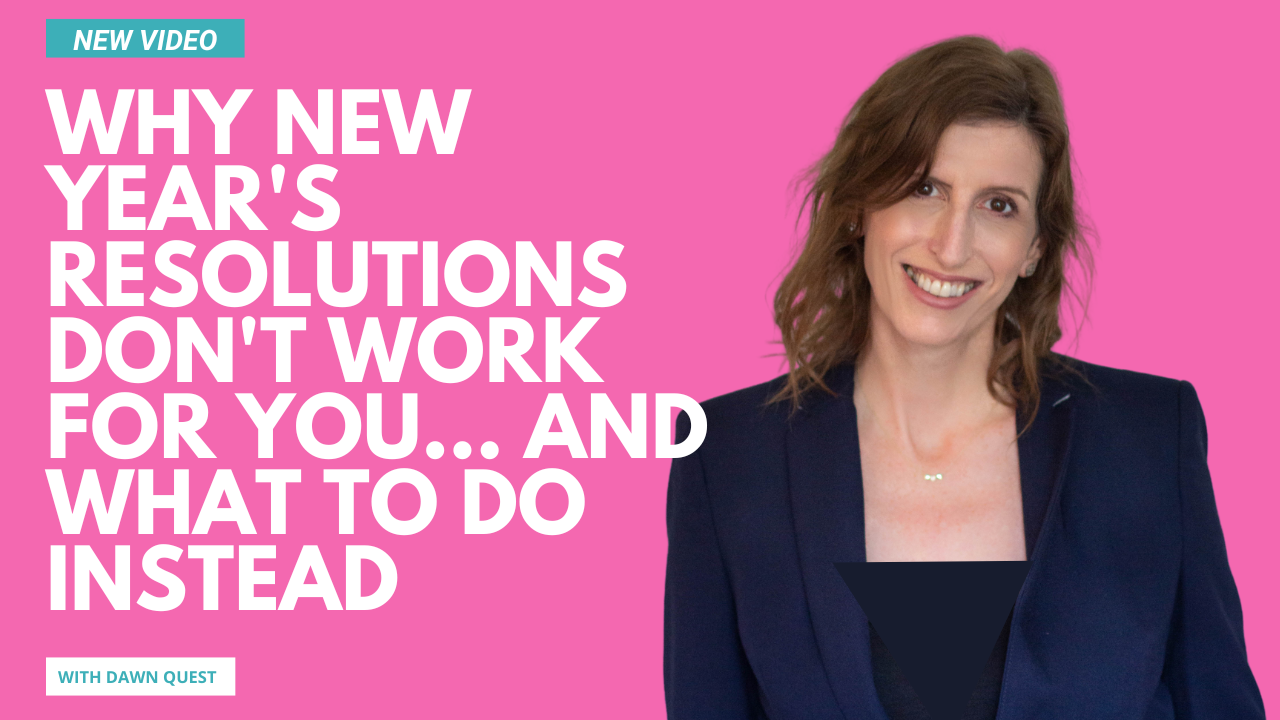It can be hard to keep calm and positive in the midst of our current Coronavirus pandemic. If you are struggling with worry and stress, know that there are steps you can take to feel calmer and more resilient through this stressful time...
text
In difficult times, such as the ones we are all currently experiencing, one of the hardest challenges can be dealing with uncertainty and the sudden lack of control over our own lives and events.
Some of us may be worried about catching Coronavirus - or Covid-19 - while at the same time trying to work out what we'll do to keep our children entertained and busy if schools close (if they haven't already). We may be concerned about how we are going to survive financially, especially if we are self-employed or run our own businesses. Or we may be feeling upset about having to cancel holidays or special events like weddings and other family celebrations.
It is hard to manage these worries at the best of times, not least without having to deal with a global pandemic.
The advice may be to Keep Calm and Carry On but how do we actually achieve that? Telling yourself to stay calm is like accidentally cutting yourself on a sharp object and telling yourself not to bleed.
The simple truth is, life will always throw challenges our way; this is something we will never have control over, however much we feel we do. What we can control, however, and what can help us stay calm and more resilient, is how we choose to respond.
Reaction Versus Response
When we're in the grip of a powerful emotion like fear or anger, it may feel as if we have no choice or control over our thoughts and feelings whatsoever. But we do.
How people have responded to the Coronavirus pandemic is a case in point. On one hand we see people rushing to the supermarkets and panic buying toilet roll and soap. On the other there are people rallying together to form community groups to look after the elderly and vulnerable in our society. Two very different ways of dealing with potential threat.
A completely natural response to perceived danger is the stress response - fight, flight or freeze. Our bodies and brains are hardwired that way and, for the survival of the species, have to be. However, our brains have a difficult time deciding what is real and what is perceived threat - danger is danger to the brain. It's black and white.
But whereas panic may be our brain's first automatic response, what comes next is completely within our control, however much it doesn't feel like it. And that is: we can choose how we act.
How to stay calm when all around us feels overwhelming
Every day we face a constant barrage of external stimuli - from people, situations, the news, the weather, our environments, the list goes on. Without us even being conscious of it, these external stimuli trigger a thought, which leads to a feeling which leads to an action, This is called a Looping Thought pattern - the diagram below shows how it works.








